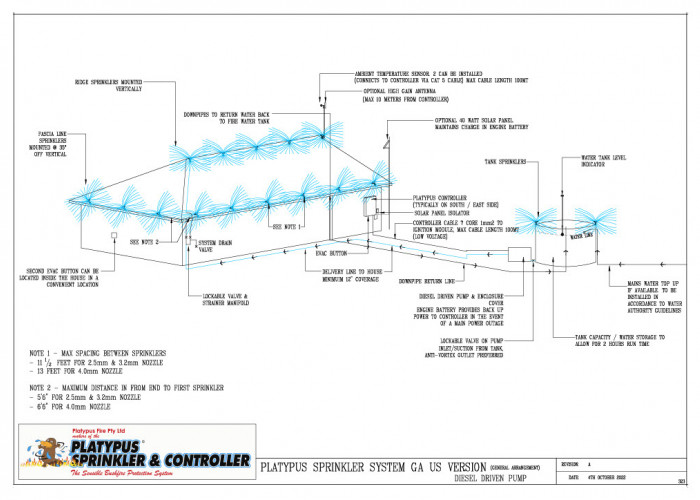In November, the U.S. experienced varied wildland fire activity. The Southern Area saw increased fires, reaching preparedness level three but returning to level two later. Large fires occurred across the region. The rest of the U.S. had normal to below-normal fire levels. Year-to-date burned acres were well below the 10-year average. Southern and Eastern Areas faced increased fire activity due to dry conditions. Temperatures were generally normal to above normal, with dry conditions in California and enhanced trade winds in Hawai’i contributing to fire potential. Drought persisted in Louisiana and Mississippi, improved in the northwest and Texas, but worsened in the Four Corners, Mid-Mississippi Valley, and parts of the Appalachians and Mid-Atlantic.
Drought improvements in the Pacific Northwest have been gradual, with signals of potential increased precipitation in mid-January. Concerns about snowpack persist due to warmer temperatures. El Niño suggests an active pattern for the West Coast, favoring drought removal in specific areas, particularly the windward slopes of the northern Cascades and parts of Oregon. Northern Intermountain West faces below-normal precipitation and above-normal temperatures, leading to favored drought persistence. Drought development is forecasted in the Bitterroot Mountains and southeastward to Yellowstone in Wyoming. In the southwestern U.S., El Niño conditions support an active Pacific jet, improving drought conditions in parts of the Four Corners region. However, above-normal precipitation signals diminish inland toward the Southern Plains, limiting drought improvement in southeastern Arizona and much of New Mexico by the end of March.
How Platypus Combats Drought Issues
The Platypus Sprinkler and Controller Wildfire system relies on independent water systems, ensuring a dedicated water source that stands ready for emergency events. Our systems operate using standalone setups, such as tanks, pools, cisterns, and other non-shared systems.
Dependence on domestic water during a wildfire is not advisable for several reasons. Firstly, homeowners would compete with firefighters for water, leading to decreased water pressure. This is compounded by firefighters utilizing nearby hydrants. Additionally, there's a risk of water lines and pump stations being compromised during wildfires. In contrast, our system activates the owner's personal water system before the fire approaches, minimizing risks and ensuring water supply to the home. In the case of wells, the risk is associated with electricity being cut during wildfires, rendering the water inaccessible.

Sources:
Wildfire Information credit to NIFC.GOV
Drought Information credit to NOAA.GOV

